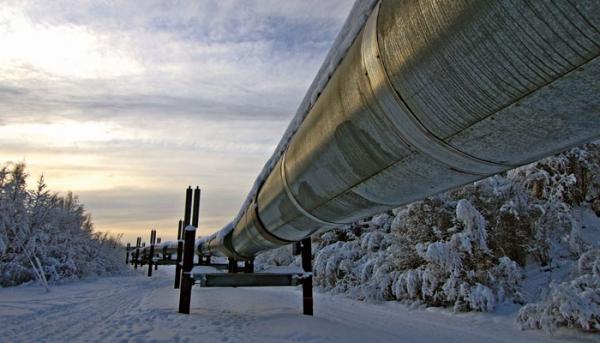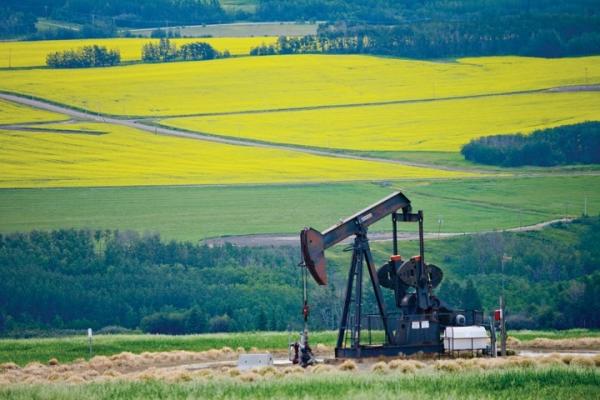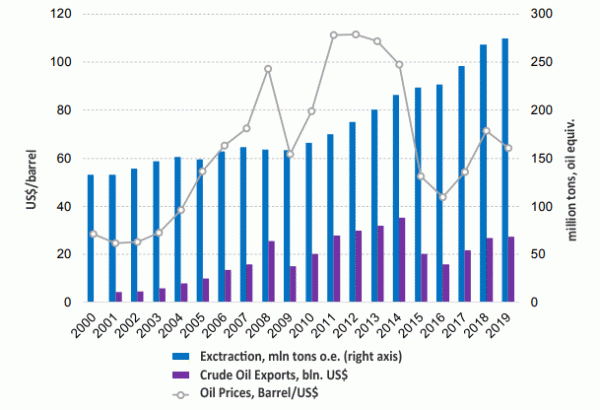|
The main problem for the Canadian oil industry is its low pipeline capacity and growing environmental challenges.
The energy sector has an important role to play in the Canadian economy. As of 2019, Canada ranks the world's third nation (after Venezuela and Saudi Arabia) in terms of proven oil reserves, reaching 9.8%. At the same time, the country is the 4th globally in terms of oil production. In 2019, its daily production reached 5.7 million barrels, or 5.9% of the total world oil production. According to BP estimates, if the current dynamics of oil production continues, Canada's proven reserves should suffice for another 82.3 years.
Canadian Pipelines

| According to BP, the primary energy consumption in Canada is dominated by oil and petroleum products, natural gas and hydropower. In 2019, they accounted for 31.7%, 30.5% and 24.0% of the total energy consumption, respectively. The share of other sources (nuclear power, coal and renewable energy sources) totaled only 13.9%.
Oil Extraction in Canada

| In 2019, oil consumption in Canada decreased by 2.0% and amounted to 102.8 million tons, while in 2008-2018 the average increase in oil consumption was very insignificant (+0.4%). The low growth rates of oil consumption may be associated with the country's active climate policy aimed at reducing greenhouse gas emissions, in particular, by supporting renewable sources: the volumes of generated energy consumption from the RES increased by 4.0% in 2019 and by 13.5% in 2019 (see Table below).
Energy balance of Canada, 2018-2019
[tab]
| Initial Consumption
|
| 2018, EJ | 2019, EJ | Increment in 2019, %
| | Oil | 4,6 | 4,5 | -2.0
| | Natural Gas | 4,3 | 4,3 | 1.7
| | Coal | 0,7 | 0,6 | -14.1
| | Hydroenergy | 0,9 | 3,4 | -1.4
| | Atomic Energy | 3,5 | 0,9 | 0.1
| | Renewables | 0,5 | 0,5 | 4.0
|
[/tab]
Environmental considerations also caused a significant decrease in coal production and consumption (‒5.1% and ‒14.1% in 2019, respectively). Under the Paris Agreement, Canada plans to cut greenhouse gas emissions by 30% as compared to 2005 levels.
Chart 1 Dynamics of production and exports of crude oil and Brent oil prices, 2000-2019 Source - BP Statistical Review of World Energy, Trademap

| Despite rising costs, the Canada's oil production is not as heavily influenced by the change in oil prices as in many other countries with a similar specialization. Since 2000, the volume of oil production in the country has shown no negative trends: the value of the indicator has doubled by 2019 and amounted to 274.9 million tons of crude oil (see Chart 1).
More than 70% of Canada's oil production is exported. In 2019, the volume of crude oil sold abroad reached 197.0 million tons, an increase of 2.9% compared to the previous year. In addition to crude oil, Canada also exports petroleum products, their volume in the same year amounted to 34.7 million tons. According to BP, almost all of Canada's crude oil exports go to the United States (96.3%), the rest goes to Europe, China, and India.
According to the International Energy Agency, the main problem for the Canadian oil industry is the low throughput of export pipelines, which is generally characteristic of growing oil markets. The situation is complicated by issues related to the environment and the fight against climate change, which leads to growing opposition movements calling against the construction of new pipelines.
More articles about Canadian Economy and Business from the Canada Business Directory
|